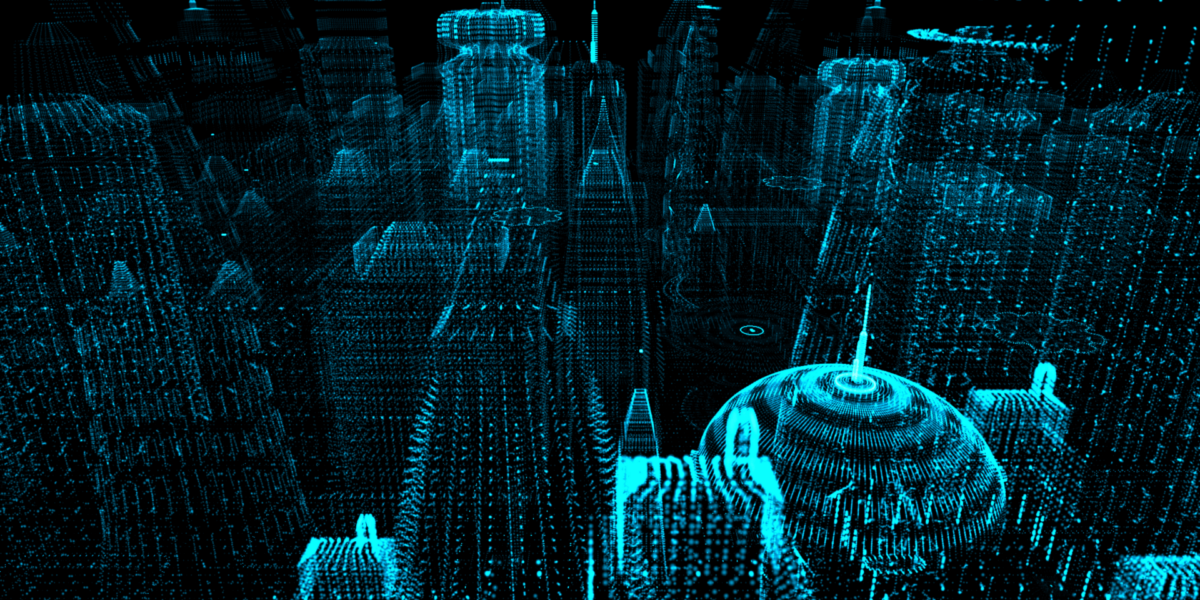Technology Compresses Time and Decision-Making
The pace of digital innovation has changed how we experience time. In a connected world, decisions once planned weeks ahead now demand action in minutes. This compression affects daily routines, long-term planning, and emotional regulation.
Imagine someone working across multiple time zones. Their calendar fills with back-to-back meetings, digital alerts, and auto-generated tasks. The result is a life where the future constantly intrudes on the now, forcing decisions without pause or reflection.
Predictive Systems Shape the Way We Act Today
Artificial intelligence and machine learning often forecast behavior before it happens. Algorithms suggest what to watch, buy, or do next. These systems build a feedback loop—users act based on predictions, and predictions evolve from those actions.
In this loop, the future becomes scripted. The moment users follow a recommendation, they reinforce the forecast, narrowing the range of spontaneous choice. When futures fold into the present, personal agency can shrink beneath predictive convenience.
Notifications Pull the Future Into Every Moment
Notifications are designed to keep people ready to act. Calendar reminders, social updates, and alerts about upcoming events disrupt the flow of current tasks. This constant reach into future commitments weakens attention and heightens mental load.
A realistic scenario may involve someone writing an important document. A ping signals a meeting in 30 minutes, followed by a prompt about a delivery scheduled tomorrow. Each alert splits focus between now and next, reducing the capacity to finish the current task.
Planning Tools Are Now Execution Engines
Modern tools no longer help people plan—they push them to act. Scheduling platforms integrate reminders, AI-generated to-do lists, and time-tracking features. Instead of outlining what will happen, these systems demand that something happens now.
This shift removes breathing room. Instead of a calendar serving reflection, it becomes a source of pressure. The future doesn’t wait. It insists. And for users to reclaim their mental space, they must redesign how these tools fit into their daily lives.
Emotional Fatigue Builds in a Collapsed Timeline
When the future continuously enters the present, emotional fatigue rises. The brain handles anticipation, decision-making, and multitasking poorly when there’s no buffer between events. This leads to stress, irritability, and burnout.
Without time to process experiences, users start to feel stuck in a cycle of endless motion. Even leisure feels rushed. By allowing future tasks to dominate the present, emotional recovery becomes rare—and clarity fades.
Memory Becomes a Blur in an Accelerated World
The more the future overlaps with the present, the harder it becomes to reflect on the past. Events stack so quickly that memory loses shape. Without pauses between digital demands, the brain can’t form clear narratives or connections.
This impacts both personal and professional life. When memories become fragmented, it’s harder to make thoughtful decisions. Patterns are missed. Opportunities go unnoticed. In a world where everything arrives early, nothing has time to settle.
Reclaiming Temporal Boundaries Improves Focus
To navigate this new environment, users must re-establish boundaries between now and next. That means building buffers into their digital routine—pauses between meetings, quiet zones without alerts, and screen-free transitions.
Rebuilding these gaps helps restore cognitive rhythm. When users gain back control of when they act, they regain mental clarity. Slowing down the delivery of future information lets the present regain value.
Tech Design Must Respect Human Time
Designers play a role in how time is experienced. Tools that constantly preview what’s next erode attention and overwhelm users. Features like auto-play, rolling deadlines, and anticipatory nudges collapse future content into the now.
Instead, platforms should allow for deferral, silence, and user-defined pacing. A well-designed system respects the human need to move through time at a sustainable rate. Technology shouldn’t rush life—it should help people move through it with intention.
Choosing Mindful Tech Use Defends the Present
Users can’t always control the speed of information, but they can control how they engage with it. Turning off previews, scheduling focus periods, and reducing prediction-based interfaces give space to act from intention rather than impulse.
Mindful tech use means pausing before opening a notification or accepting a suggestion. It means asking, “Is this task for now or later?” and deciding based on your own rhythm—not an app’s timeline. In doing so, users reclaim ownership over their present moment.
Live Forward, But Grounded in the Now
As technology accelerates, it will continue to bring the future closer. But that doesn’t mean you have to live entirely in what’s next. You can design routines, environments, and habits that anchor you in the present while staying prepared.
By setting limits, creating space, and choosing when to respond, you control how much of the future enters your day. Instead of letting predictive systems dictate your flow, you become the designer of your own time. And in that choice, you protect not just your focus—but your well-being.









